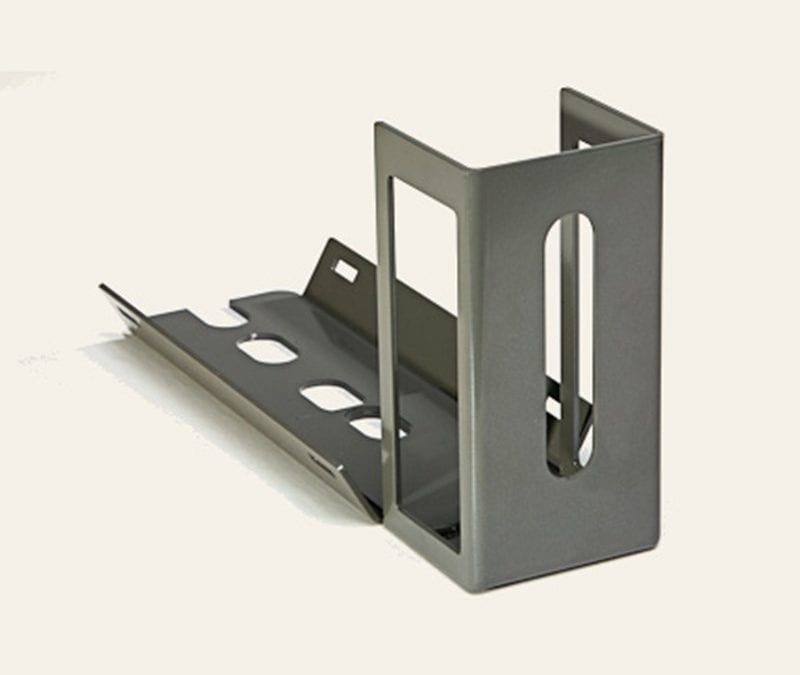Sheet metal stamping is a useful process used to make parts for various industries. So it is no surprise that you may have heard of it. But now you’re asking yourself, How exactly is sheet metal stamping done?
The following will explain what exactly sheet metal stamping is, the process of stamping metal, the materials used for this process, and the applications of sheet metal stamping in the real world.
What is Sheet Metal Stamping?
Sheet metal stamping is a high-precision process of taking flat metal sheets and turning them into other custom metal parts in specific shapes. The metal sheet is fed into a stamping press, also called a die, which cuts out the desired shape using hydraulic presses.
The die gets pressed with tremendous force in order to cut through the metal sheet. There are different dies called: transfer die, compound die, or progressive die. Sheet metal stamping is capable of composing complex parts for almost every industry you can identify.
Only in some specialized processes is heat used to cut the metal. Most are completed using a cold-forming technique. However, the finished product can sometimes become hot in the process from friction between the stamped part and the stamping die.
Sheet Metal Stamping Materials
Almost any type of metal can be stamped. However, flat sheet metal is the most commonly used type in a stamping operation. It can easily be fed into a machine to sheet metal parts in both complex and simple shapes.
This manufacturing process is capable of large production runs with less lead time. That is one of the cost-effective ways to make many high-quality parts in less production time.
The most common sheet metal raw materials include:
- Stainless steel
- Aluminum
- Brass
- Titanium
- Steel (both low- and high-carbon)
- Bronze
- Copper
- Inconel
- Nickel alloys
Sheet Metal Stamping Process
There are three main components associated with sheet metal stamping. Those are the forming die, the piece of sheet metal, and the press machine. Any single component may require different steps to get it into its final form. The following guide will help outline the most common processes that occur during sheet metal stamping.
Forming
This process transforms the flat metal sheet into a different shape by forcefully applying the stamping tool.
Blanking
Blanking is a simple process and one of the basic operations of sheet metal stamping. It initiates when the blank form gets fed into the press. The die cuts out the desired shape, and the blank is the result of the cut sheet metal. The blank may be the desired part, be recycled, or go onto another process to make it into more complex shapes.
Drawing
Drawing is a more complex process. It is when tension is used to form sheet metal and create vessels or deep depressions.
Piercing
Piercing is dissimilar to banking. It occurs when the material around the outside of the punched area is the area that is kept. In this case, the blank is not saved.
How is Stamped Sheet Metal Used?
There are countless applications of sheet metal stamping parts and components. In fact, these parts are used across almost every industry that you can name. That is because sheet metal stamping can result in precise, high-quality parts for many industries, including:
- Automotive
- Medical
- Industrial
- Aerospace
- Renewable energy
- Hardware
- Home improvement
Sheet Metal Fabrication Services
Fox Valley Stamping offers superior sheet metal fabrication services. We do everything from short run stamping to laser cutting to metal fabrication and welding. Contact Us today to receive a free quote or to learn more.
Read Next- How to Create a Prototype: Metal Stamping




 847.741.2277
847.741.2277
